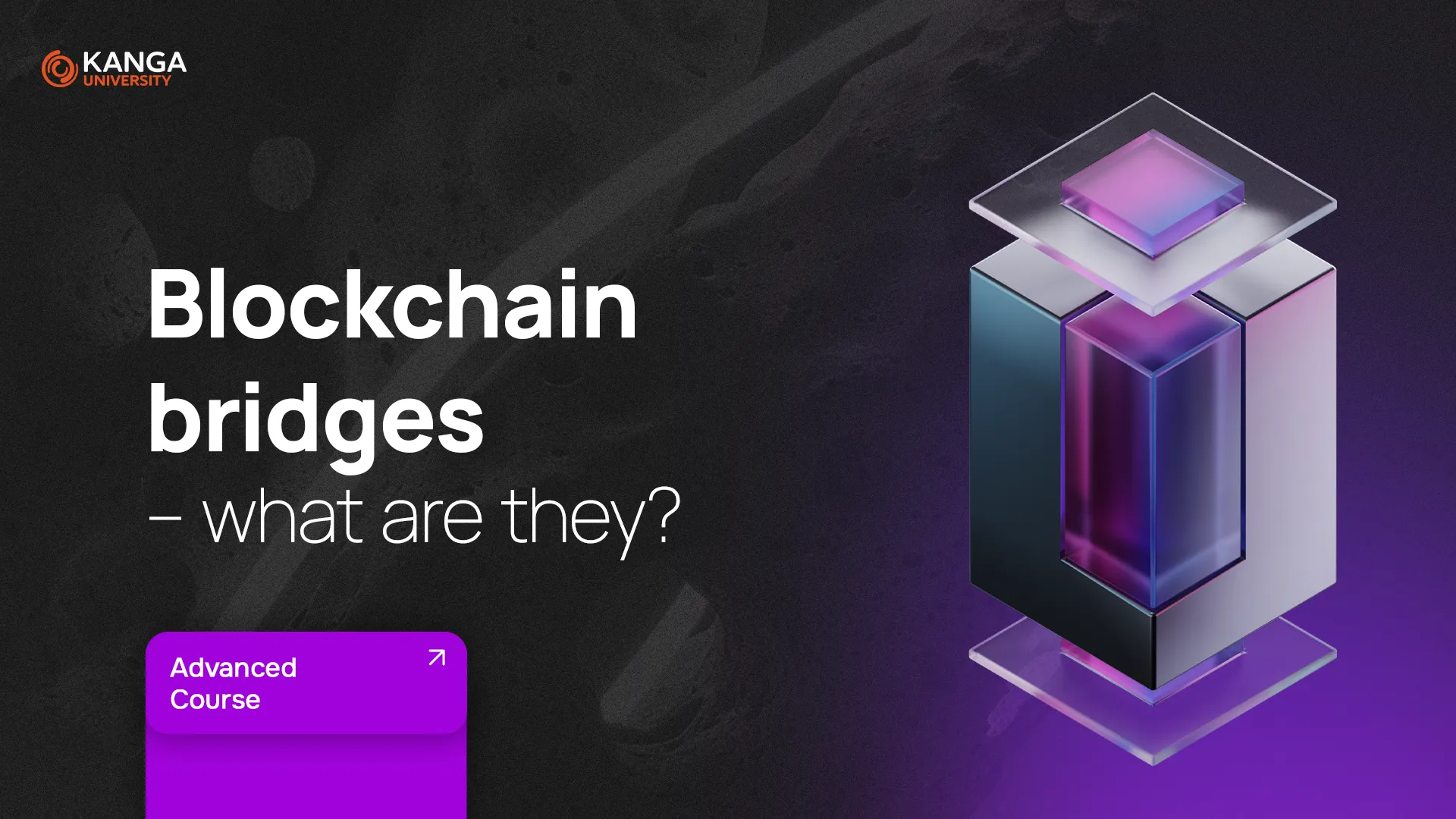
In the early days of crypto, every blockchain operated like a separate island. Bitcoin couldn’t talk to Ethereum. Solana couldn’t interact with Polygon. Each network had its own rules, tokens, and limitations. But then came blockchain bridges — tools that make it possible to move digital assets and data across different blockchain ecosystems.
What exactly is a blockchain bridge?
A blockchain bridge is a system that allows you to transfer tokens or data from one blockchain to another.
Think of it like a currency exchange at the airport — but much faster and without needing a middleman.
Let’s say you have Bitcoin (BTC) but want to use it in a DeFi app on Ethereum. Instead of selling your BTC and buying ETH, a bridge can:
• lock your BTC on the Bitcoin network,
• create an equivalent token (like wBTC) on Ethereum,
• and let you use it in apps as if it were native to Ethereum.
The original BTC doesn’t leave its blockchain — it’s just held securely while you use a wrapped version on another chain.
Why do blockchain bridges matter?
Bridges help the crypto ecosystem grow by:
• allowing tokens to be used across multiple blockchains,
• enabling apps to offer more features and reach more users,
• reducing transaction costs and time,
• building a more connected, user-friendly Web3 experience.
Without bridges, the blockchain world would remain fragmented. With them, crypto becomes more flexible, efficient, and powerful.
How do bridges work?
Here’s a simplified version of the process:
-
You send tokens (like BTC) to a smart contract on the source blockchain.
-
The bridge locks those tokens.
-
It then creates an equivalent amount of “wrapped” tokens (like wBTC) on the destination blockchain.
-
You use these wrapped tokens as needed — and when you’re done, you can unlock your original ones.
This method is called token wrapping, and it’s what makes cross-chain transfers possible.
Are all bridges the same?
Not at all. There are several types of blockchain bridges:
Generalized bridges
• Support many blockchains at once
• Great for developers and platforms needing flexibility
• Example: IBC in the Cosmos ecosystem
Asset-specific bridges
• Built for one token or asset type
• Simple to use but limited in scope
• Example: bridges designed just for BTC
Chain-specific bridges
• Connect two specific blockchains
• Focused on transferring assets between just those two
• Faster to launch, but less versatile
Application-specific bridges
• Integrated into apps, games, or platforms
• Let users interact with multiple chains within a single app
• Fast and efficient, but not always compatible with other systems
Trusted vs. trustless bridges
When using bridges, you need to consider one important factor: who controls the bridge?
Trusted bridges
• Managed by companies or validators
• Fast and cost-effective
• Users must trust the operator
• Risk: If the provider is compromised, funds could be lost
Trustless bridges
• Fully decentralized, operated by smart contracts
• Aligned with the ideals of Web3 and crypto privacy
• More secure in theory, but sometimes harder to use or slower
Each approach has pros and cons. Choose based on your goals, experience level, and the amount of crypto you’re moving.
Examples of well-known blockchain bridges (as of 2025)
• Binance Bridge – Supports a wide range of tokens across Ethereum, Solana, TRON
• Multichain (formerly AnySwap) – Connects over 70 blockchains
• cBridge – Created by Celer Network, popular in Asia
• Wormhole – Used by Solana and Ethereum, relies on wrapped assets
• Cross-Chain Bridge – Connects BNB Chain, Polygon, Fantom, and others
• Umbria Narni Bridge – Known for fast, low-cost transfers using liquidity pools
Summary
Blockchain bridges are a key innovation helping to connect a previously disconnected crypto world. They allow assets, data, and users to flow freely between blockchain networks, without needing centralized exchanges or multiple wallets.
Thanks to bridges, Web3 becomes more than a concept — it becomes a practical, cross-chain experience that feels seamless and accessible. In short, bridges help turn individual blockchain networks into one global, interoperable crypto economy.
Make your first steps on the market with Kanga Exchange